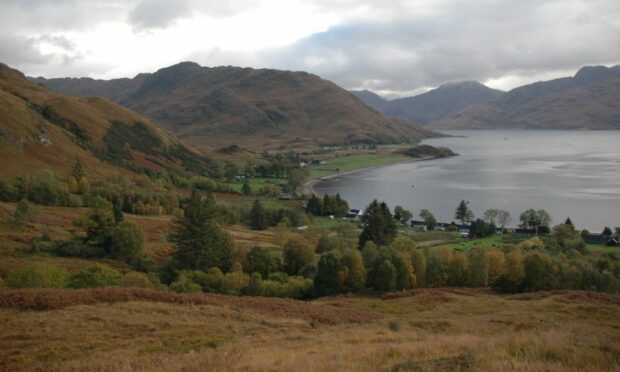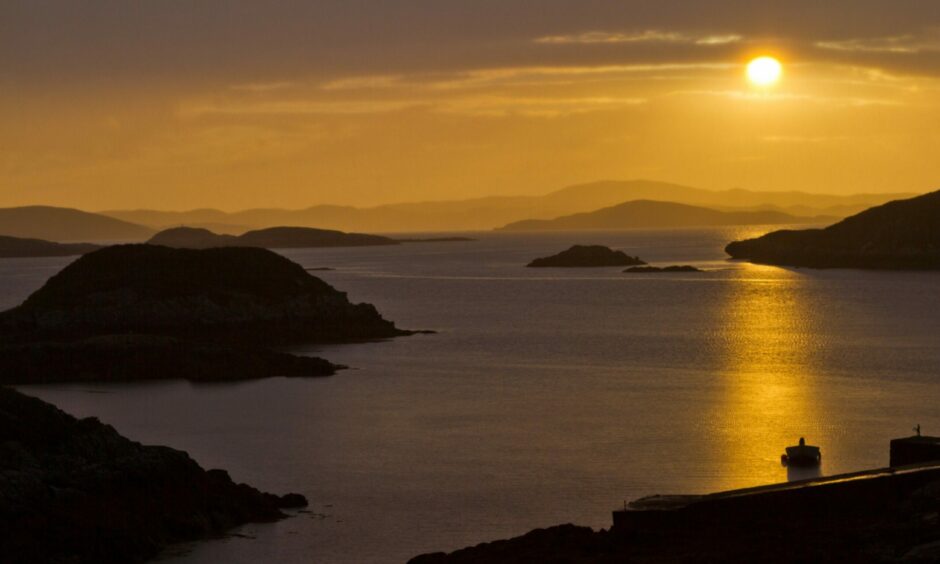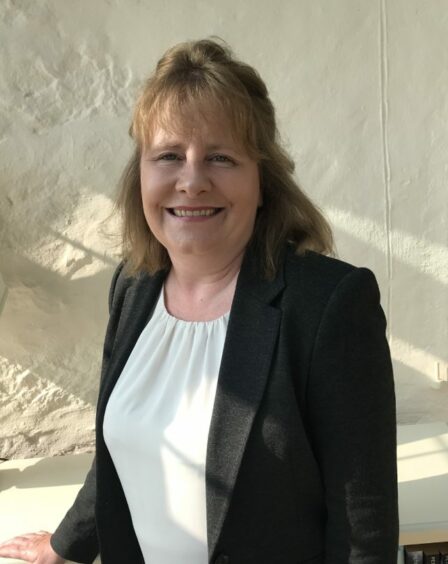Scotland risks ‘carbon clearances’ in rural areas if rewilding projects are not linked to land reform, a new report says.
A discussion paper published by Community Land Scotland (CLS) warns that carbon offsetting moves by companies could disempower and depopulate communities.
CLS says the ‘The Cheviot, the Stag and the Black, Black Carbon’ by Alastair McIntosh is a welcome contribution to an important contemporary debate.
It now wants an open discussion involving communities, government and others to explore inclusive ways forward.
Carbon offsetting and ‘greenwashing’ fears
The paper follows a £2 billion private finance initiative (PFI) for nature recovery announced by NatureScot.
The agency said a Memorandum of Understanding (MOU) with financial partners could unlock private investment to reduce emissions and restore biodiversity.
This would restore native woodland, create new jobs and support rural communities, it said. It would also sequester the equivalent of 28 million tons of CO2 over 30 years.
It comes as businesses are increasingly seeking to compensate for carbon emissions by funding “offsetting” initiatives, including tree planting.
The practice has led to claims of “greenwashing” by some campaigners.
Alastair McIntosh is a former director of the Centre for Human Ecology and current honorary professor in the College of Social Sciences at the University of Glasgow.
He says: “Offsetting as an approach, can pander to the vanity of high consumers of carbon and other emissions.
“It allows them, in a style of modern day religious indulgences, to atone for their carbon ‘sins.’”
But she said it does not tackle the social implications of major land use changes and the ability of a community to choose its own future.
He warns that if not governed carefully the carbon rush could lead to “upheaval, disempowerment and depopulation” for rural communities.
He says community trusts have shown they are capable of ecological restoration.
The rewilding agenda, however, treats huge swathes of rural Scotland as a “colonial terra nullius”, imposing views of what the land should look like without working with communities.
Potential to displace communities
“From sheep to deer to Sitka to renewables and now to carbon credits – it’s a common thread of experts knowing what is best, whilst at the same time extracting local wealth and marginalising local experience, except where it might usefully provide culture washing.”
Mr McIntosh says offsetting can impose an inter-generational legacy on communities.
“A landowner can parachute in, reforest a hillside, cash in the carbon and then clear off and leave the community handcuffed in its future choices, which may or may not be for forestry use.”
The market, he said, has the potential to displace communities, either directly or indirectly.
“Therefore, if rewilding is not integrated with Scotland’s existing rolling programme of land reform, we risk carbon clearances.”
Offsetting as an approach, can pander to the vanity of high consumers of carbon and other emissions.
Alastair McIntosh
He suggests more controls and giving communities more power to buy assets to help redress the balance.
The paper also proposes a new ‘Olympic’ set of standards for land ownership.
Bronze is “conventional landlordism” where a community has very little power. Gold is community ownership of land. A silver standard would see a ‘win-win’ of community and landowner having equal rights and powers.
These could include rights of pre-emptive purchase of land or buildings, measures to prevent properties being sold for holiday lets, and representation on management boards.
‘Carbonanza’ could leave people behind
In her foreword to the report, CLS chair Ailsa Raeburn said it will make people think about future generations and land use.
“We need to be very careful that the short-term ‘carbonanza’ – the rush to monetise Scotland’s precious assets – doesn’t leave its people behind”.



Conversation